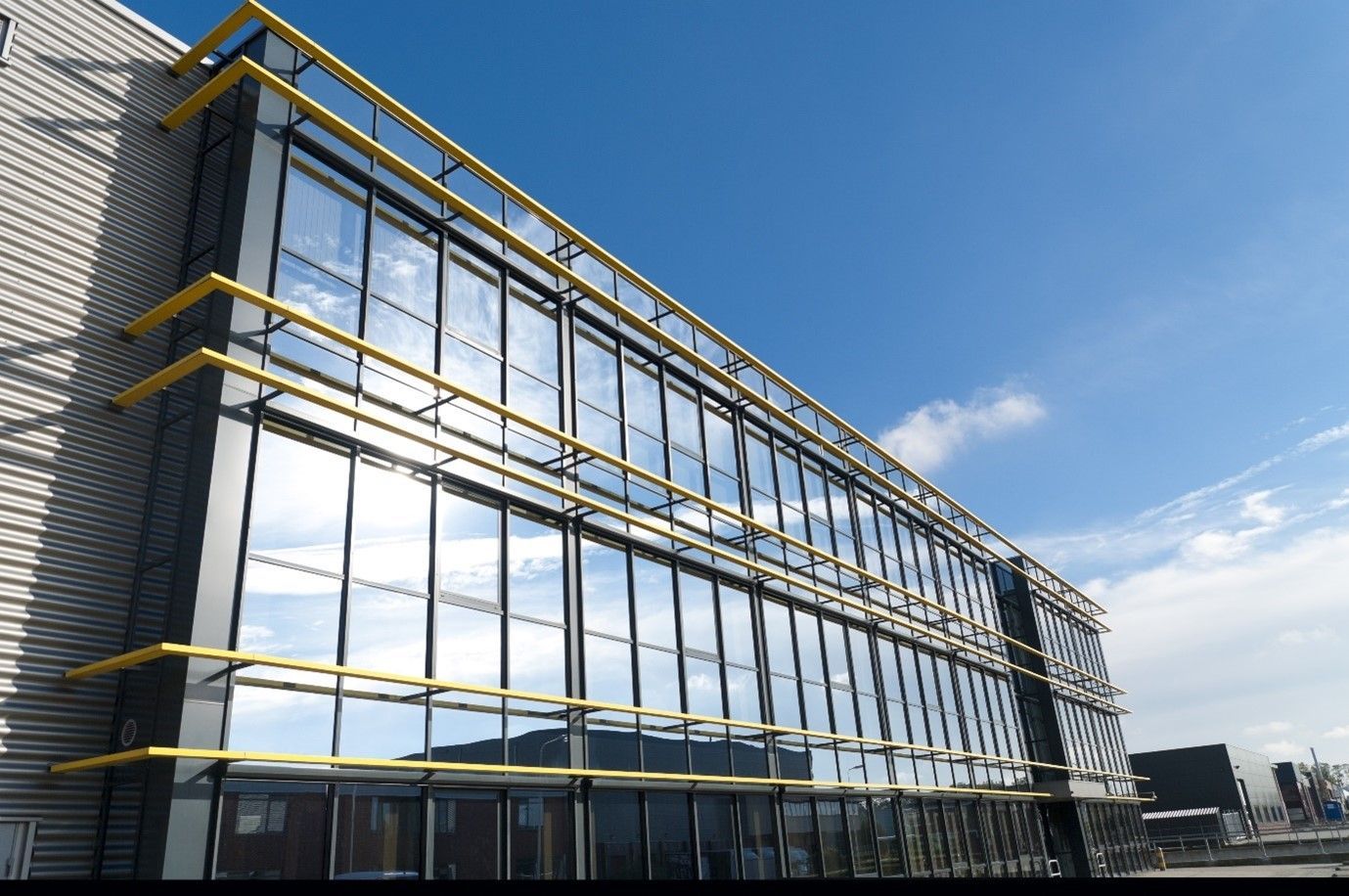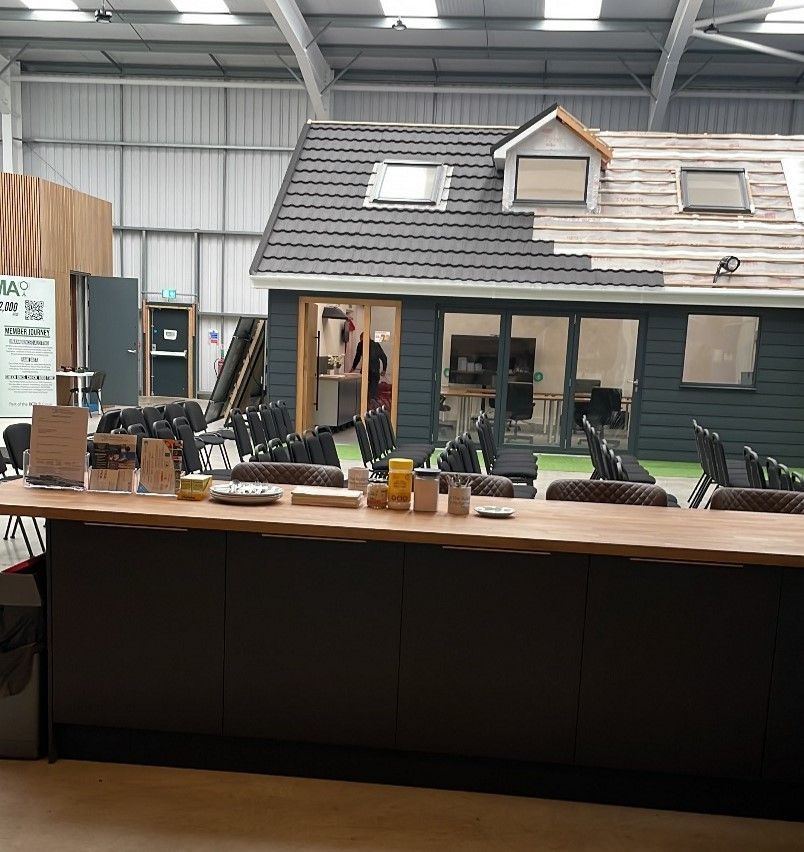Code for Sustainable Homes
Many Planning Departments are now specifying that Planning Applications should have an Energy Statement as well as a SAP/SBEM Calculation. Often the Energy Statement should demonstrate that a set percentage contribution to the building’s energy requirements should be met by renewable sources.
Ashby Energy Assessors can produce detailed Energy Statements showing which renewable technologies have been considered and what the overall reductions in carbon emissions would be if renewables were utilised within the building. Our report will comply with the latest regulations and will show the predicted energy usage in a user-friendly format which is acceptable to your Planning Officer.
Get a Quote
Simple Process
We aim to keep the process as simple and un-intrusive as possible with clear up-front quotations for all work.
Certified
All our team of assessors are highly experienced, fully qualified and accredited by approved bodies.

Biodiversity Net Gain (BNG) is an approach designed to leave the natural environment in a better state than before. It requires developers to assess the impact of their projects on local ecosystems and take active steps to ensure that the biodiversity is not only preserved but enhanced. As environmental concerns have gained more attention, BNG has emerged as a vital framework for mitigating the negative effects of development on nature, offering a systematic way to restore and improve ecosystems. This is particularly important in the local context, where urbanization and development often place heavy pressure on biodiversity.

Energy efficiency requirements for new homes and non-domestic buildings are set by Part L (Conservation of Fuel and Power) and Part 6 of the Building Regulations 2010 (“the Building Regulations”). The consultation paves the way for achieving the Future Homes Standard and Future Buildings Standard. It explores technical proposals for changes to the Building Regulations, the associated Approved Document guidance and calculation methods.

